Search Images
Browse Content (p. 1253)
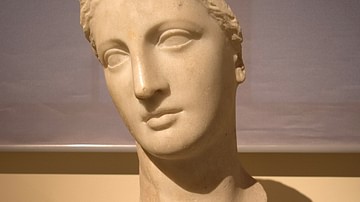
Image
Golenischev Aphrodite
The Golenischev Aphrodite. From Alexandria, Egypt, 4th-3rd century BCE. (Pushkin Museum, Moscow)
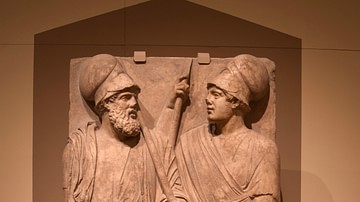
Image
Greek Warriors Stele
A marble stele depicting two Greek warriors. Taman Peninsula, 4th century BCE. (Pushkin Museum, Moscow)
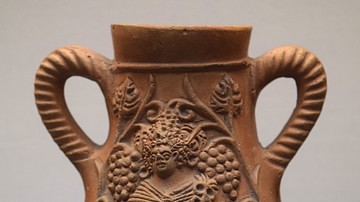
Image
Hermes, Knidos Vase
An oinophoros from Knidos, Greece depicting Hermes. 2nd century CE. (Pushkin Museum, Moscow)
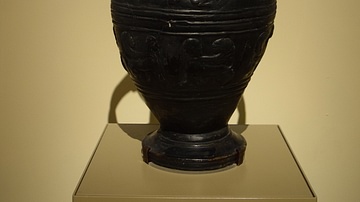
Image
Etruscan Bucchero Vase
An Etruscan bucchero vase. Second half of the 6th century BCE. (Pushkin Museum, Moscow)
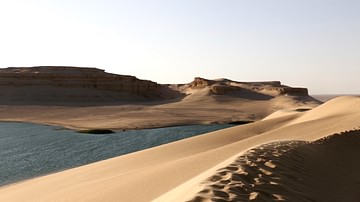
Image
Faiyum
The Faiyum, an ancient oasis which flourished during the Egyptian Middle Kingdom. It is most famous today for the finds of many fine painted mummy coffin lids.
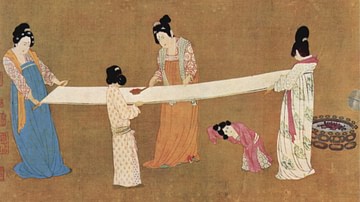
Image
Women Checking Silk, Song China.
Song Dynasty women inspecting a bolt of silk. 12th century CE. Painted on silk. (Museum of Fine Arts, Boston, USA)
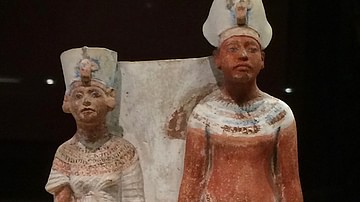
Image
Akhenaten & Nefertiti
Small, painted votive statue depicting the Pharaoh Akhenaten and his Great Wife Nefertiti holding hands, a notedly unusual pose in the art of the New Kingdom, c. 1345 BCE. The king wears the blue kheperesh crown, and the queen sports the...
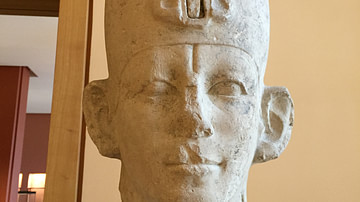
Image
Senusret III
Head of Senusret III.
Egyptian 12th Dynasty, Middle Kingdom, Louvre, Paris.
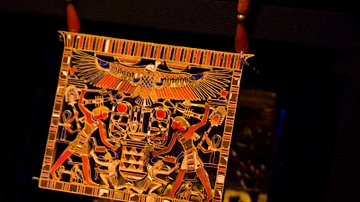
Image
Pectoral of Mereret
Dahshur Pyramid Complex of Senwosret III, Tomb of Mereret
Middle Kingdom of Egypt, 12th Dynasty
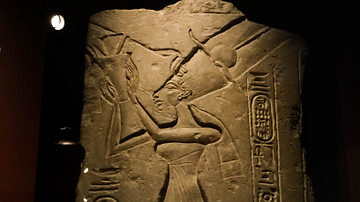
Image
Nefertiti Offering to the Aten
This Amarna Period limestone relief (ca. 1353-1336 BCE) depicts Queen Nefertiti offering a bouquet to the Aten. It is a prime example of the typical Amarna style, as it depicts the queen with an elongated face, slanted eyes, protruding lips...